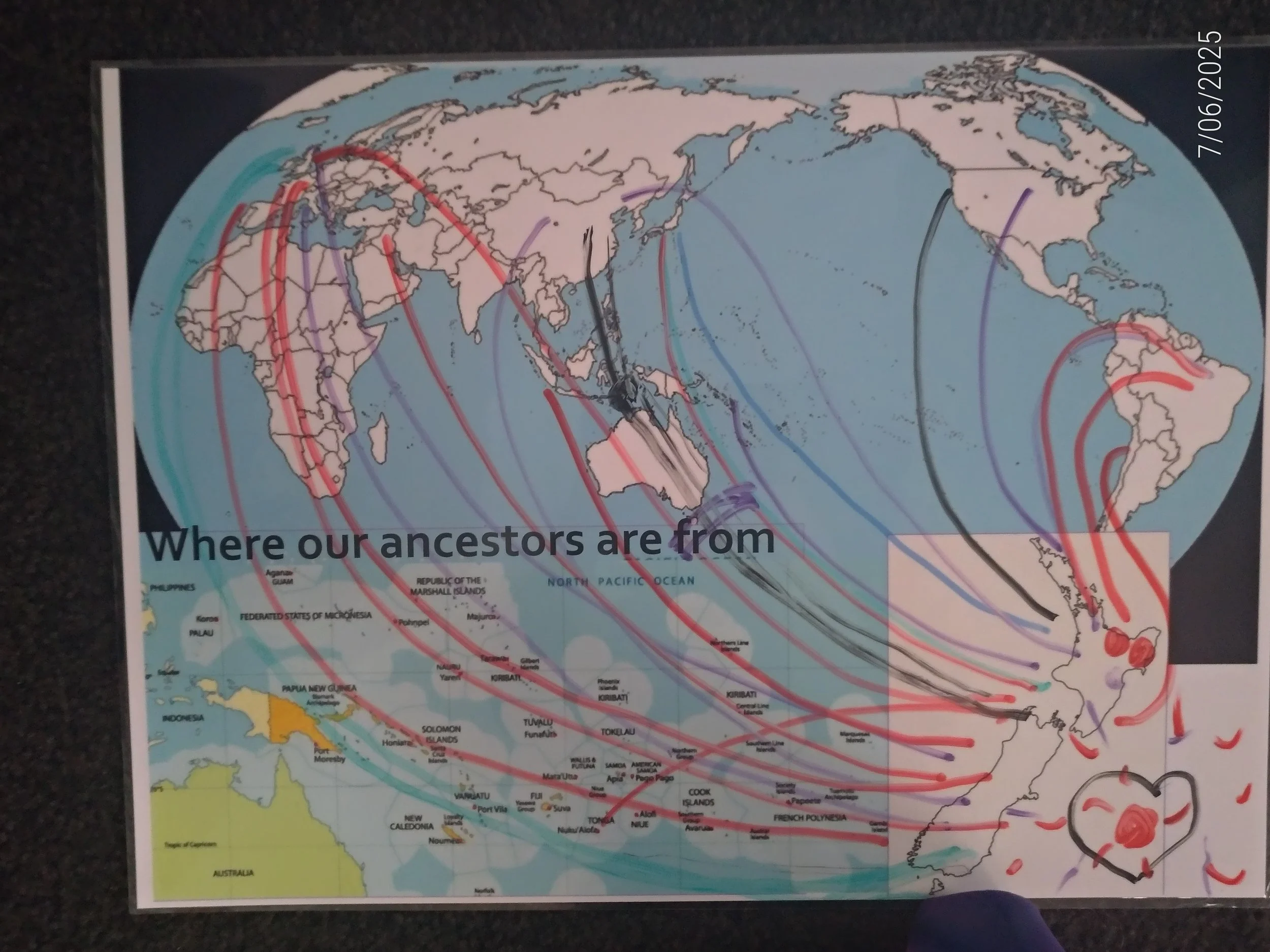What Te Tiriti Means for Us All: Reflections from a Community Workshop
On Saturday 7 June, we joined a vibrant and interactive Treaty of Waitangi | Te Tiriti o Waitangi educational workshop at Queenstown Memorial Centre.
Hosted by Tangata Tiriti – Treaty People, the day brought together a mix of multicultural migrants who live in Queenstown to unpack what Te Tiriti means for all of us who call Aotearoa home.
A room full of new New Zealanders
Participants traced their roots on a map—from Africa, Asia, Europe, the Pacific and beyond—ending here in Aotearoa. As new New Zealanders, taking time to understand Te Tiriti showed their commitment to belonging and building stronger relationships across cultures.
What Tangata Tiriti helps us understand
Tangata Tiriti – Treaty People's mission is to support migrants in learning about Te Tiriti/Waitangi and their place within it. The interactive workshop covered:
How Te Tiriti shaped settlement: The 1840 Treaty established British governance and enabled immigration—framing how NZ society developed.
Different understandings in Māori and English texts: Māori 'kawanatanga' meant governance, not full ceding of sovereignty—creating tensions and misunderstandings that ripple today.
Te Tiriti as a living document: More than historical text, it underpins government actions, legal structures, and relationships—thanks to tools like the Waitangi Tribunal, founded 1975.
Māori-European shared history: We discussed both colonisation’s impact and Māori aspirations for partnership dating from Te Whakaputanga | Declaration of Independence 1835 through the Treaty.
Relevance for migrants: The Treaty applies to everyone living here—it asks non-Māori to recognise partner status, learn history, and act with responsibility as Tangata Tiriti.
Why Te Tiriti o Waitangi matters to NZ’s migrant communities
Te Tiriti outlines principles of partnership, protection, and participation—core values in making Aotearoa inclusive. For migrants, these principles offer not just a historical lens, but a guide for active involvement in social and civic life. Understanding the Treaty equips communities to advocate for equitable participation and deepen cross-cultural relations.
Huge thanks to QLDC Welcoming Communities and Central Lakes Trust for funding this kaupapa. And ngā mihi to Tangata Tiriti – Treaty People for bringing Te Tiriti to life in digestible languages and formats, and for your mahi in sharing the country’s history to the many people of New Zealand.
To all the participants who turned up and keenly explored our shared story—thank you. The journey of learning Te Tiriti is a step towards genuine belonging.
🔗 Explore free Treaty videos and translated resources here: https://treatypeople.org/languages/





